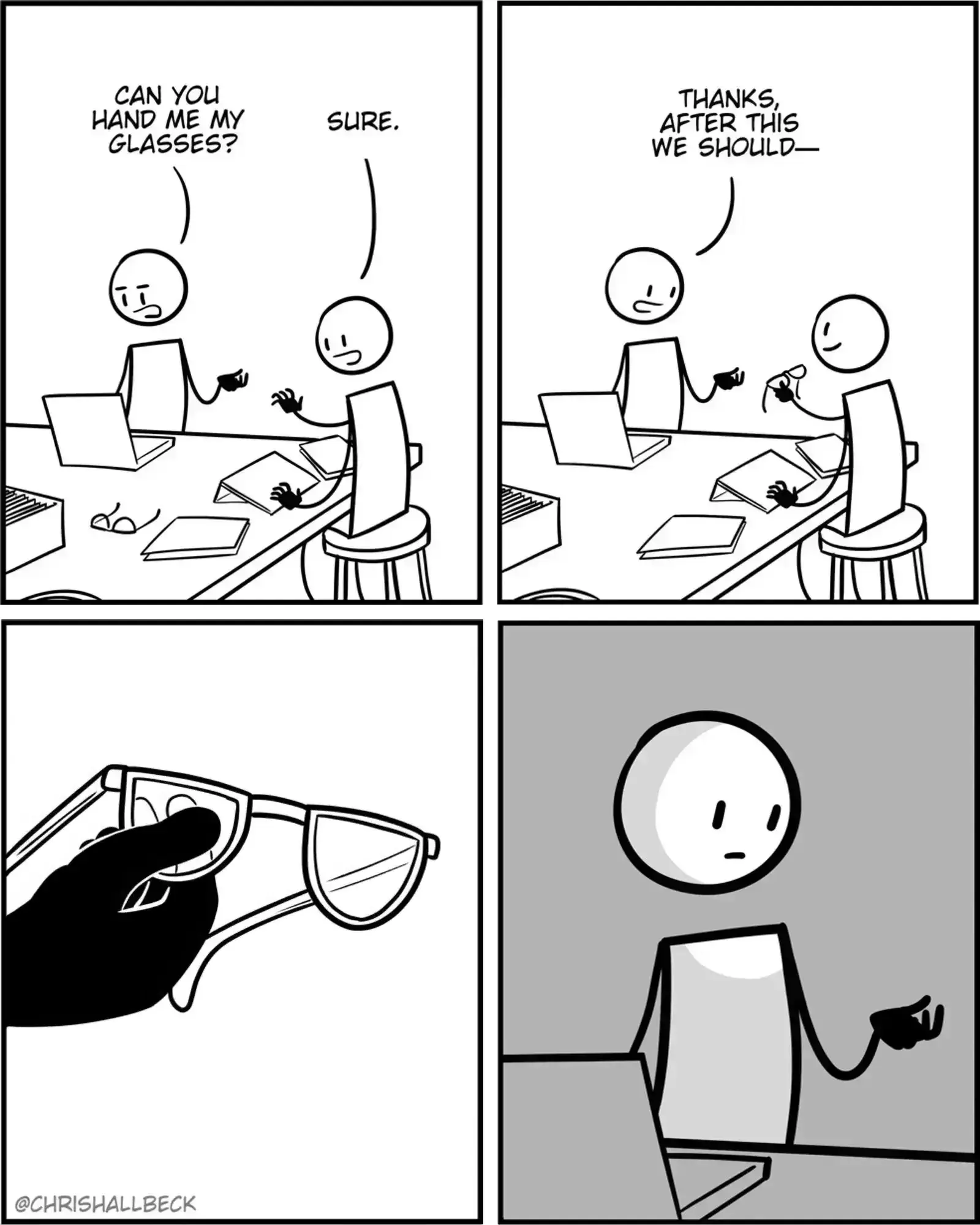Unfortunately it looks like SubLinks is mostly dead. They haven’t made any changes to the code since August
Google may not have enabled them in your region. Here in the UK they just appeared for me one day, a few months after I initially saw screenshots of them online. I didn’t do anything to enable them.
Or do think there's something special about the person that makes them flip tails more often?
Yes, that’s the conclusion that the scientist has come to. The chance of getting 20 in a row is so extraordinarily unlikely that it’s reasonable to conclude that the chance is not 50/50 for that particular surgeon.
The normal person thinks that because the last 20 people survived, the next patient is very likely to die.
The mathematician considers that the probability of success for each surgery is independent, so in the mathematician’s eyes the next patient has a 50% chance of survival.
The scientist thinks that the statistic is probably gathered across a large number of different hospitals. They see that this particular surgeon has an unusually high success rate, so they conclude that their own surgery has a >50% chance of success.
"See you this evening at 1728326925, okay?"
not() is a base function that negates what’s inside (turning True to False and vice versa) giving it no parameter returns “True” (because no parameter counts as False)
Actually, not is an operator. It makes more sense if you write not() as not () - the () is an empty tuple. An empty tuple is falsy in Python, so not () evaluates to True.
















https://youtu.be/KLxoyeRvqDw?si=-WoIkESVJxrJV5lO